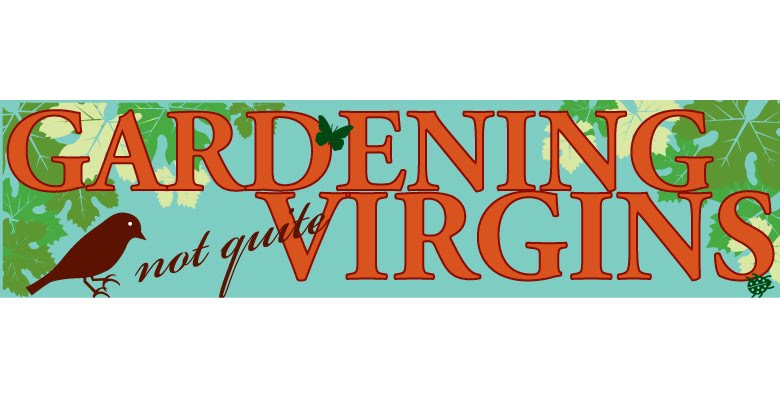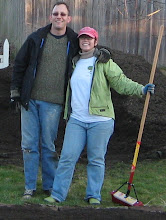
Yesterday was the second day of spring, and our first day as seed parents. We finally put our start-inside-seeds in the dirt. There is quite a bit of planning and math involved with this process, and in the end, much guesswork as well.
A series of procrastinations and practicalities prevented us from planting on our original target day of March 5, which is 6 – 8 weeks from our purported last frost range of April 16 – 30. Most of the seeds needed 6 – 8 weeks inside (although rosemary needs 8 – 12), so this seemed reasonable to me. Then I heard from more experienced gardeners than we that Mother’s Day is the big planting day around here. Mother’s Day?? That’s around the 10th of MAY! Where did I get the idea that April 16-30 was our last frost date? Why, from this book:

Oh, and the seed company we ordered from says our last frost is May 6! Who’s right? What to do? What if I plant them too early? Too late? Will they be too leggy? Will my eggplants get such a late start that they die on the vine before we even harvest them?
We decided that mid-March made more sense, so we were able to put it off a bit. And luck intervened again when a last-minute trip to Austin and Houston made the decision for us. Not wanting to saddle our house sitter with the house, a dog, two cats and 125 seed pots to care for, we happily put it off until we got home. Once back, jet lag and work intervened so we fell even farther behind. Can you tell I have a fear of taking on the unknown?
Finally on Thursday we soaked the pots and Friday we cleaned and air dried them. David helped with this part. Doesn't he look happy?


Saturday was THE day. It turned out bright and sunny, so I filled up all the pots with seed starter out on the deck while David fixed our broken washer agitator. He remained completely focused on appliance repair throughout the afternoon, so I was forced to figure out the seed planting on my own. Not that I couldn’t—I just hesitated to proceed without my co-virgin because I didn’t want to screw it all up by myself. Shared blame is so much more palatable.
I set up my planting station and got started. Let’s see. . . how many pots of peppers should I plant? Got me. How many seeds per pot? I dunno. How deep do they go? What does “2x their diameter” mean? They’re TINY! That means one speck of dirt to cover each seed, right? What if I bury them too deep? They’ll die! Scared again, I scoured the Internets for the answers. I hit some really amazing sites like A Way to Garden (by Martha Stewart's former garden editor) and Garden Guides. Then I looked through all my gardening books. I still didn't know a peat pot from a drip tray.
Whatever. Unable to put it off any longer, and hearing nothing but grunts and curses from the laundry room, I proceeded to planting them however many to a pot and at whatever depth I thought was right, based on the sketchy instructions on the seed packets.
By the way, who’s in charge of writing these instructions, anyway? Talk about inconsistent! Some packets tell you how many days to germination. Others, from the same company, do not. My research indicated that the packets would have all the answers. Nope. But I did my best.

I planted, labeled, and misted. All the seeds were tucked in safely. Then we tried to figure out a whether to cover the trays of pots or not.
This book

says that some gardeners use plastic wrap to keep the soil from drying out; but others don’t.
This book says to cover them with plastic wrap, period.

This book

says to use damp newspaper,which breathes, rather than plastic, which can cause fungi to grow. But not if your seeds need light to germinate, which some do—the information will be on the seed packet. Except it wasn’t.
In the end, we decided to just leave them hanging out there all naked and uncovered.

They live in our mudroom, which is a pretty cold area of the house. They have a big southern-exposure window, which helps during the day, but we keep our house very cool at night, and these babies need to be warm in order to germinate. We’re tricking them, you see, into thinking that they’re outside in warm soil in a warm climate so they’ll actually produce this summer.
So last night, we set up a space heater to keep the area at 70 degrees. This made David very nervous because everyone has heard the stories of house fires caused by space heaters. This one is new and seems safe, but really, who knows? David put a smoke detector on the shelf just to be sure. Which led me to conclude that all space heaters should have built-in smoke detectors.
Our seeds are tucked in; we’re keeping them moist and warm. All we can do now is wait, while I am plagued with one thought: what if they don’t germinate?























